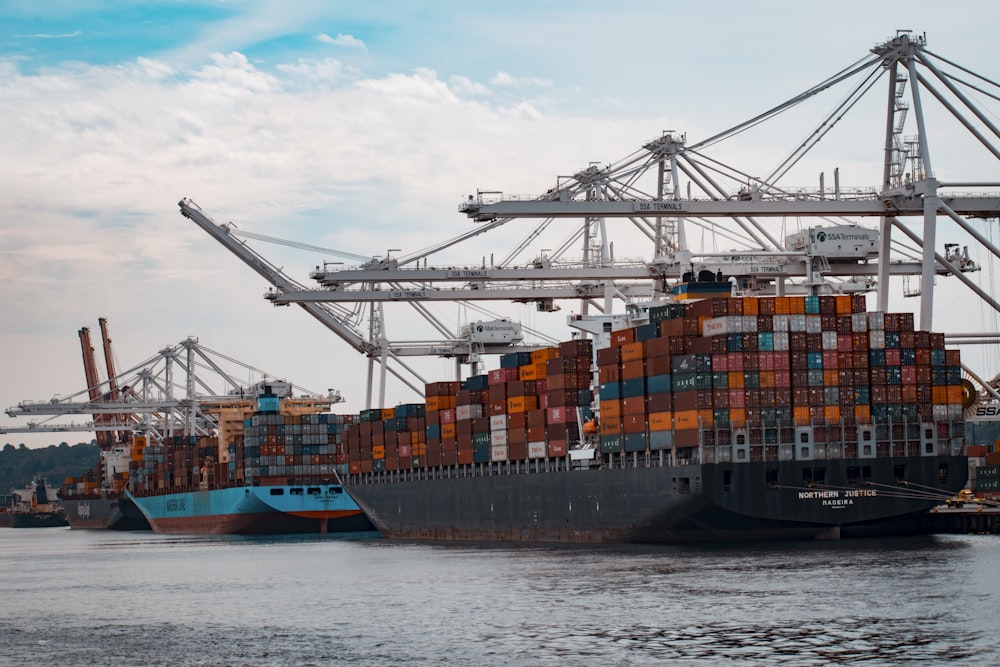Commodities Take A Break Over The Northern Hemisphere Summer
Image Source: Unsplash
The S&P GSCI fell 2.7% in August; renewed strength in agricultural commodities and the continued rally in natural gas were not sufficient to overcome a late-month decline in oil prices. After eight months, the benchmark commodities index is 32% higher YTD, defying higher interest rates and growing fears of a prolonged global economic slowdown.
The global energy sector remains rattled by the precarious position of the European power market. S&P GSCI German Power (Yearly) rallied 59.4% over the month, but it was 41.5% off its intra-month high, reflecting the realities of a physical market that is trying to wean itself off a feedstock (Russian natural gas) in a matter of months despite an original dependence that took decades to foster. Short-term alternatives such as coal and nuclear are unpalatable to many. Germany is scheduled to cease nuclear energy production at the end of the year. Government intervention looks likely to continue to direct and influence these markets.
In the petroleum complex, a relatively tight global supply picture competed with fears of an economic slowdown, a strong U.S. dollar and the likelihood of government intervention to address skyrocketing retail energy prices. Additionally, a drop in financial market participation in the major oil derivative markets has contributed to higher levels of volatility. The S&P GSCI Petroleum fell 6.0% over the month. Negotiations between the West and Iran on a nuclear pact are ongoing. It is not clear how quickly Iranian oil could flow into the global market if and when an agreement is reached. OPEC+ publicly mulled the prospect of output cuts late in the month to support prices even though the cartel is failing to pump anything close to its current targets.
Within industrial metals, the S&P GSCI Iron Ore and S&P GSCI Nickel both fell by sizeable amounts, 12.2%, and 9.4%, respectively. These two metals are very important to the Chinese economy, and the price drops reflect the continued drop in August economic activity, with the latest purchasing manager’s index still in contractionary territory below 50. Rising cases of COVID-19 across all 31 mainland Chinese provinces continued to be an issue.
With the U.S. dollar breaking through to another 20-year high in August, gold prices continued their fall this quarter. The S&P GSCI Gold fell 2.9% after falling in July. This year, gold has not performed as it historically has in inflationary or risk-off environments. The S&P GSCI Silver fell 11.9% following the drops in industrial metals.
The S&P GSCI Grains rose 3.5%, with the S&P GSCI Corn rising 9.3%. Declining U.S. and European corn crop prospects helped prices increase with the lower supply. Cotton had its best monthly performance in more than a decade, with the S&P GSCI Cotton rallying 17.3%. The August USDA Crop Report made significant reductions to U.S. and global cotton supply estimates, and flooding in Pakistan in the later part of the month is expected to further affect global supplies of the natural fiber. The S&P GSCI Livestock fell 1.5% in August.
More By This Author:
Defense In The Balance
S&P U.S. Indices Mid-Year 2022: Analyzing Relative Returns To Russell
The Case For Dividend Aristocrats In Pan Asia
Disclaimer: See the full disclaimer for S&P Dow Jones Indices here.





Historically when do commodities generally turn around every year?